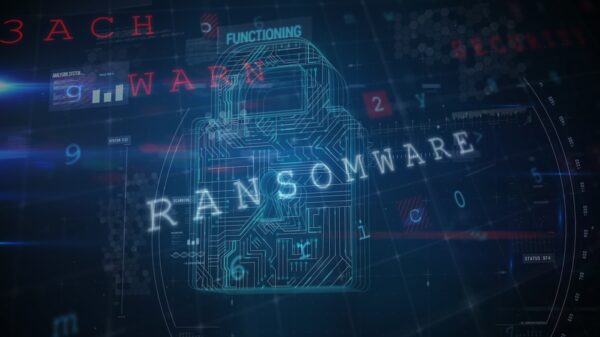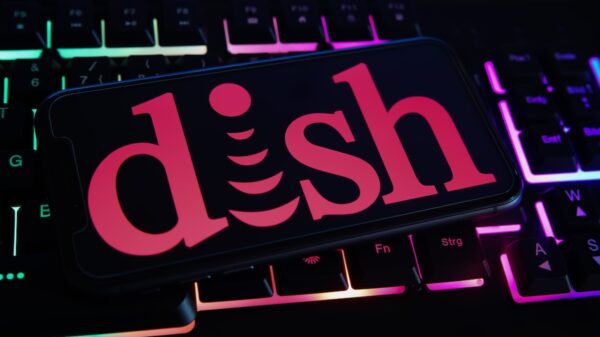A piece of malware targeting automated teller machines (ATMs) has an interface that looks like a slot machine, Kaspersky Lab reports.
Dubbed WinPot, the malware was initially detected in March last year, targeting the ATMs of a popular vendor to make the devices automatically dispense all cash from their most valuable cassettes.
Analysis of the malware has revealed a particular focus from the authors on designing the interface, to target the cash-out cassettes in an ATM. Every cassette has a reel of its own numbered 1 to 4, with a button to dispense the cash and information on bank note value and the number of bank notes inside.
On the malware’s interface, the author also placed a SCAN button to rescans the ATM and update the numbers, as well as a STOP button to end the dispensing in progress.
Over the past year, Kaspersky Lab has observed multiple WinPot samples, featuring minor modifications, such as a different packer or changed time period during which the malware was programmed to work (the malware would silently stop operating if the system time does not fall in with the preset period).
Similar to other ATM malware, including Cutlet Maker, WinPot is available for purchase on the Dark Web. Prices range between $500 and $1000.
One seller, Kaspersky says, is offering a WinPot v 3 alongside a demo video that not only depicts the malware itself, but also an unidentified program with the caption “ShowMeMoney” (the mechanism resembles that of the Stimulator for Cutlet Maker).
Due to its nature, ATM cash-out malware will only see little change to its core functionality, Kaspersky notes. However, cybercriminals will focus on tricking the ATM security systems and overcoming potential ATM limitations such as maximum notes per dispense. Thus, more modifications of the existing ATM malware are expected.
“The preferred way of protecting the ATM from this sort of threat is to have device control and process whitelisting software running on it. The former will block the USB path of implanting the malware directly into the ATM PC, while the latter will prevent execution of unauthorized software on it,” Kaspersky concludes.
Related: The Latest Threats to ATM Security















